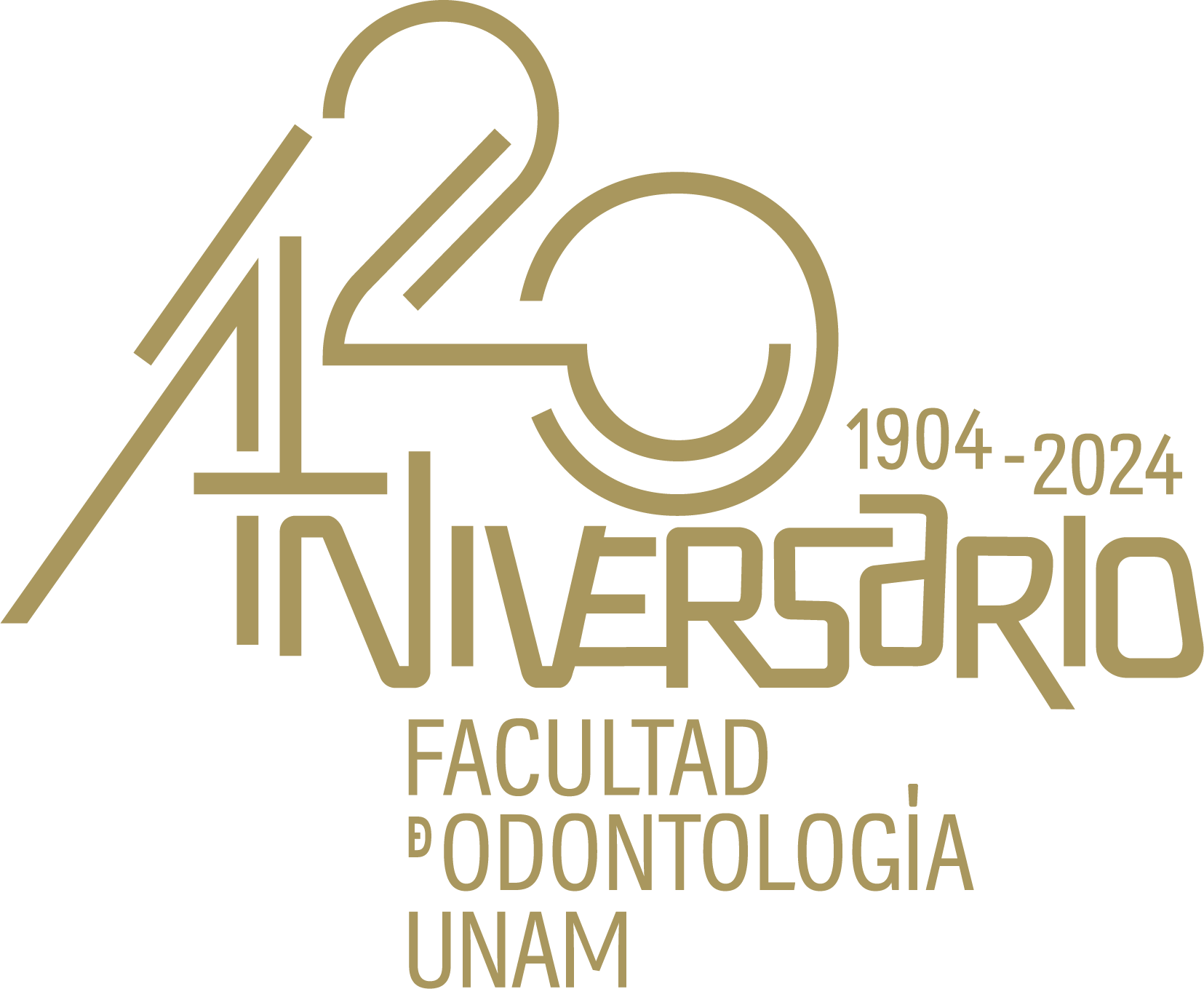Registro completo de metadatos
| Campo DC | Valor | Lengua/Idioma |
|---|---|---|
| dc.rights.license | https://creativecommons.org/licenses/by-nc-nd/4.0/legalcode.es | |
| dc.creator | De La Madrid Fajardo, Vanessa | |
| dc.date.accessioned | 2025-07-04T23:48:25Z | - |
| dc.date.available | 2025-07-04T23:48:25Z | - |
| dc.date.issued | 2016 | |
| dc.identifier.issn | 2395-9215 | |
| dc.identifier.uri | https://ru.odonto.unam.mx/handle/123456789/32609 | - |
| dc.description.abstract | Objective: The objective of this study was to determine if the influence of an occlusal imbalance caused in the molars of rats originates scoliosis of the spine. Material and methods: The study sample consisted of 36 Wistar rats, 4-months- old that were divided into three equal groups. A spine X-ray was obtained from all rats prior to the experiment. In the fi rst experimental group a 0.5 mm occlusal stop was placed at the upper right fi rst molar for two weeks. After this period was completed, a spinex-ray was taken. Subsequently another occlusal stop was placed on the opposite sidein order to level the stopsduring two weeks and afterwards, the columnwas radiographically assessed once again. The second experimental group received an occlusal stop in the upper right fi rst molar for 4 weeks and x-rays were obtained. In the control group no occlusal stop was placed. Results: According to the initial Cobb angle of the fi rst experimental group (n = 12), the average was 1.42o ± 1.31o in the spinex-rays; after the occlusal stop was placed on the upper right molar for two weeks the group showed a column deviation of 15.17o ± 6.7o; subsequently a second occlusal stop was placed on the opposite side to balance the occlusion and after another two weeks the column almost returned to its original position (3.17o ± 2.48o ). The second experimental group (n = 12) prior to the start of the experiment showed an average Cobb angle of 1.17o ± 1.19o ; after two weeks with the unilateral occlusal stop it increased to 13.67o ± 10.61o and after four weeks it was 22.33o ± 12.19o . In the control group (n = 12) without any stop, the column remained stable. Conclusions: The present study demonstrated that through an occlusal imbalance the spine may be altered, causing scoliosis and as soon asthe alterationis eliminated, column alignment is evident.Key wods: Occlusal interference, scoliosis, Wistar rats | |
| dc.language | eng | |
| dc.publisher | Universidad Nacional Autónoma de México. Facultad de Odontología | |
| dc.rights | La titularidad de los derechos patrimoniales de esta obra pertenece a las instituciones editoras. Su uso se rige por una licencia Creative Commons BY-NC-ND 4.0 Internacional, https://creativecommons.org/licenses/by-nc-nd/4.0/legalcode.es, fecha de asignación de la licencia 2016-02-05, para un uso diferente consultar al responsable jurídico del repositorio por medio del correo electrónico revistamexicanadeortodoncia@gmail.com | |
| dc.subject.classification | Ciencias Biológicas, Químicas y de la Salud | |
| dc.title | Infl uence of an occlusal imbalance in the deviation and alignment of the vertebral spine in rats: a controlled trial | |
| dc.type | Artículo Técnico-Profesional | |
| dcterms.provenance | Universidad Nacional Autónoma de México. Facultad de Odontología | |
| dc.description.repository | Repositorio Universitario de la Facultad de Odontología, https://ru.odonto.unam.mx/ Facultad Odontología | |
| dc.rights.accessrights | Acceso abierto | |
| dc.identifier.url | https://revistas.unam.mx/index.php/rmo/article/view/54384/48382 | |
| dc.identifier.bibliographiccitation | De La Madrid Fajardo, Vanessa (2016). Infl uence of an occlusal imbalance in the deviation and alignment of the vertebral spine in rats: a controlled trial. Revista Mexicana de Ortodoncia; Vol. 4 Núm. 1, 2016. | |
| dc.identifier.doi | https://doi.org/10.1016/j.rmo.2016.03.080 | |
| dc.relation.ispartofjournal | Revista Mexicana de Ortodoncia; Vol. 4 Núm. 1 (2016) | |
| Aparece en las colecciones: | Revistas | |
Los ítems de DSpace están protegidos por copyright, con todos los derechos reservados, a menos que se indique lo contrario.

